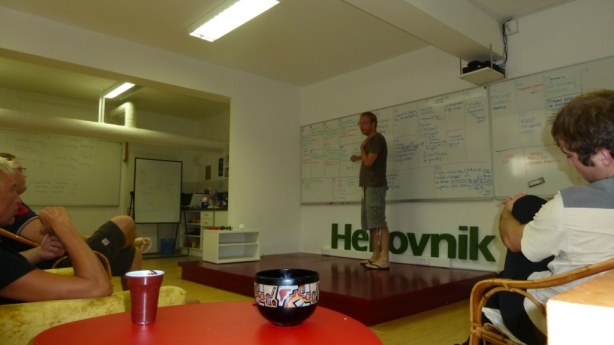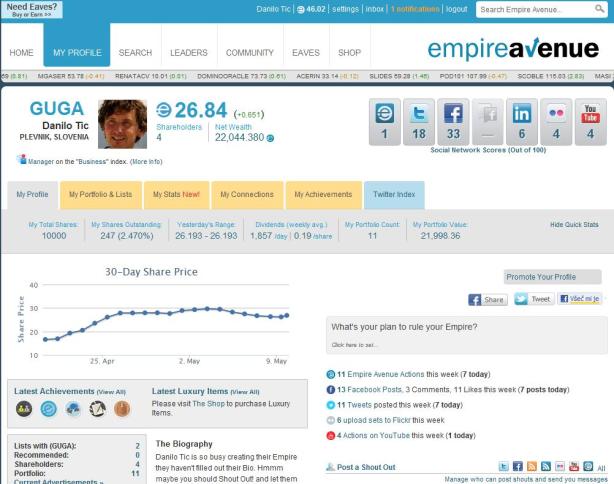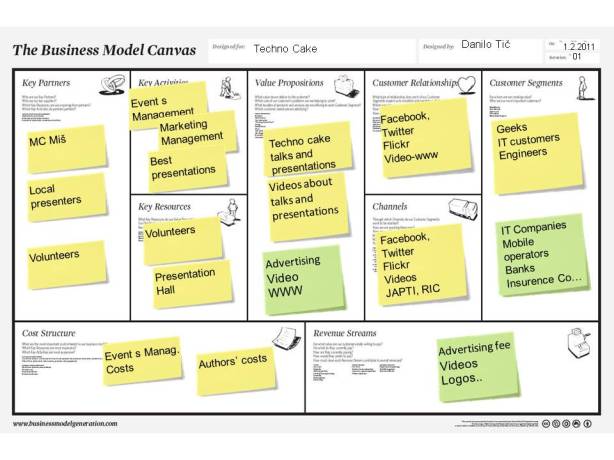
English: 油麻地 Category:March 2010 in Yau Ma Tei Category:Hilti Group 喜利得集團 Category:Shops in Yau Ma Tei 地鋪 & Category:Hamilton Street, Hong Kong Category:Fleet vehicles in Hong Kong 公司車 Category:Evening in Yau Ma Tei (Photo credit: Wikipedia)
Help partners succeed, if you want to succeed.
When a company creates a new business model, it must verify that its latest model is compatible with the business models of its key partners. The question should be whether the existing and prospective users of the company’s business model are willing to improve or implement innovative solutions. If a partner’s business model doesn’t integrate well with the new business model, it is advisable that the partner create a novel model or alter its present one in order to serve the common goal: Making the combined business models or innovative products within those business models successful. To understand this process better, it makes sense to analyze a number of examples.

One such example is certainly Hilti. Hilti developed a gun for concrete anchors a few years ago. Such anchors firmly attach cables to concrete surfaces. This new product allowed users to omit some activities , which had previously been necessary and, at the same time, made the whole procedure shorter and less expensive. Thanks to this innovative method, it was no longer necessary to drill holes, insert anchors, etc. However, if Hilti wanted to create a wide distribution of this product, it would first need to convince potential users. AFter that, these users would have to develop a fresh, more effecvtive business model for their corporation. Therefore, Hilti decided that it made sense to train the company employees of potential users. This was a simple, yet very effective, way to present new technology. As a result, those firms that have opted for this technology have gained a competitive advantage over the competition and enjoy Hilti’s constant support. Hilti’s business model combining process inspired innovation of the users’ business models, and consequently, their products/services have become more successful and efficient. Having successful partners helps ensure Hilti’s continued success .
Hilti used training as an excellent distribution channel to spread its new product and services among potential users. Moreover, by doing so, Hilti gets feedback for potential improvements, based on the needs and desires of potential customers at the same time. Prospective and existing users get the information, skills and opportunities to innovate their business models. Hilti helps partners succeed so that everyone achieves success.









